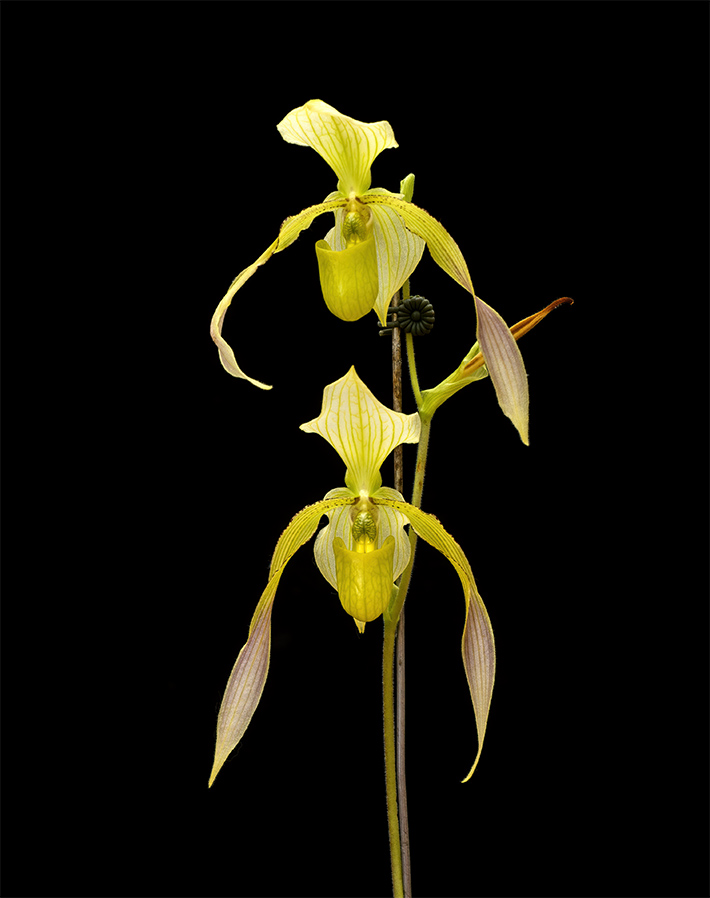emydura
Well-Known Member
First flowering seedling from Sam Tsui. This is the first multi-floral I have managed to flower from flask. It did have 3 flowers but unfortunately the 2nd flower opened up and quickly wilted for some reason. The third flower is a bit deformed as well. But still, I am quite happy with it.
Paph. Berenice album (philippinense var. album 'Jeanie's Delight' AM/AOS x lowii var. album 'Albino Beauty' CHM/AOS)


Paph. Berenice album (philippinense var. album 'Jeanie's Delight' AM/AOS x lowii var. album 'Albino Beauty' CHM/AOS)







